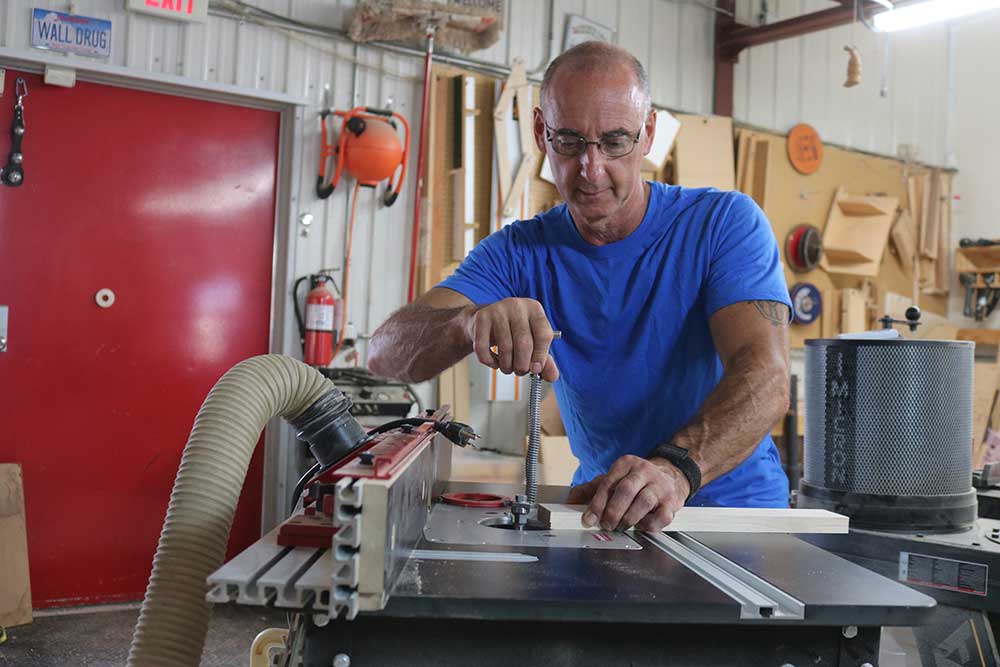
Router Table Essentials
George Vondriska

- In-depth Instruction; over 101 mins
- On-demand video access anytime
- Bonus downloadable PDF resources
- Access to class Q&A
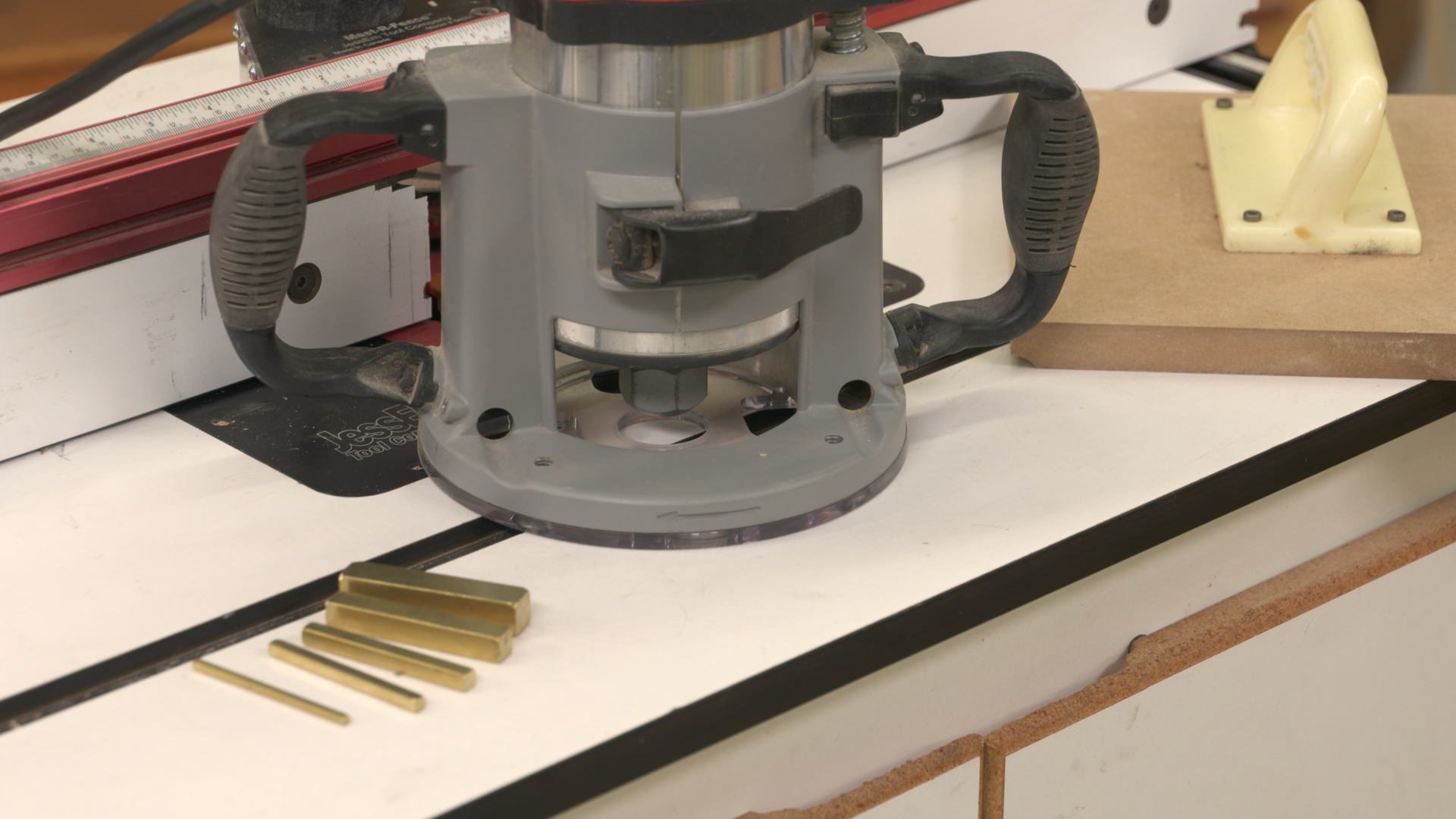
Fixed base, plunge base, router lift….what’s the best set up for your router table? We’ll take a look at different styles of routers to learn what’s best for you.
Your router bit education includes choosing between 1/4” and 1/2" shanks, how to properly install a bit in a collet, determining if a bit is dull, how to sharpen it if it is dull, and more.
Once you know how to set up your router table and install a bit, we can move on to making cuts. There’s a lot involved with this including use of feather boards and push sticks and how to set up for multiple light passes.
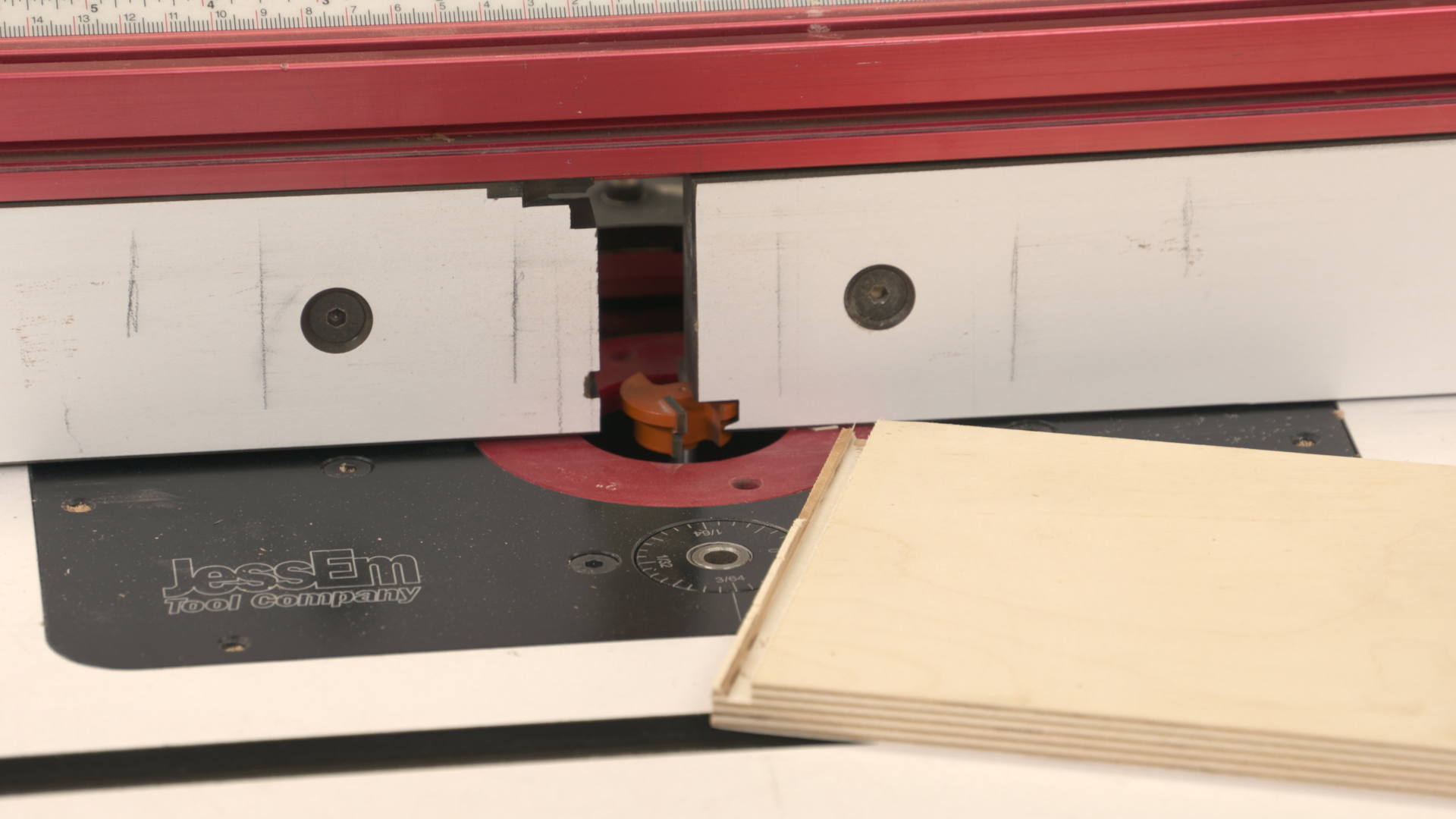
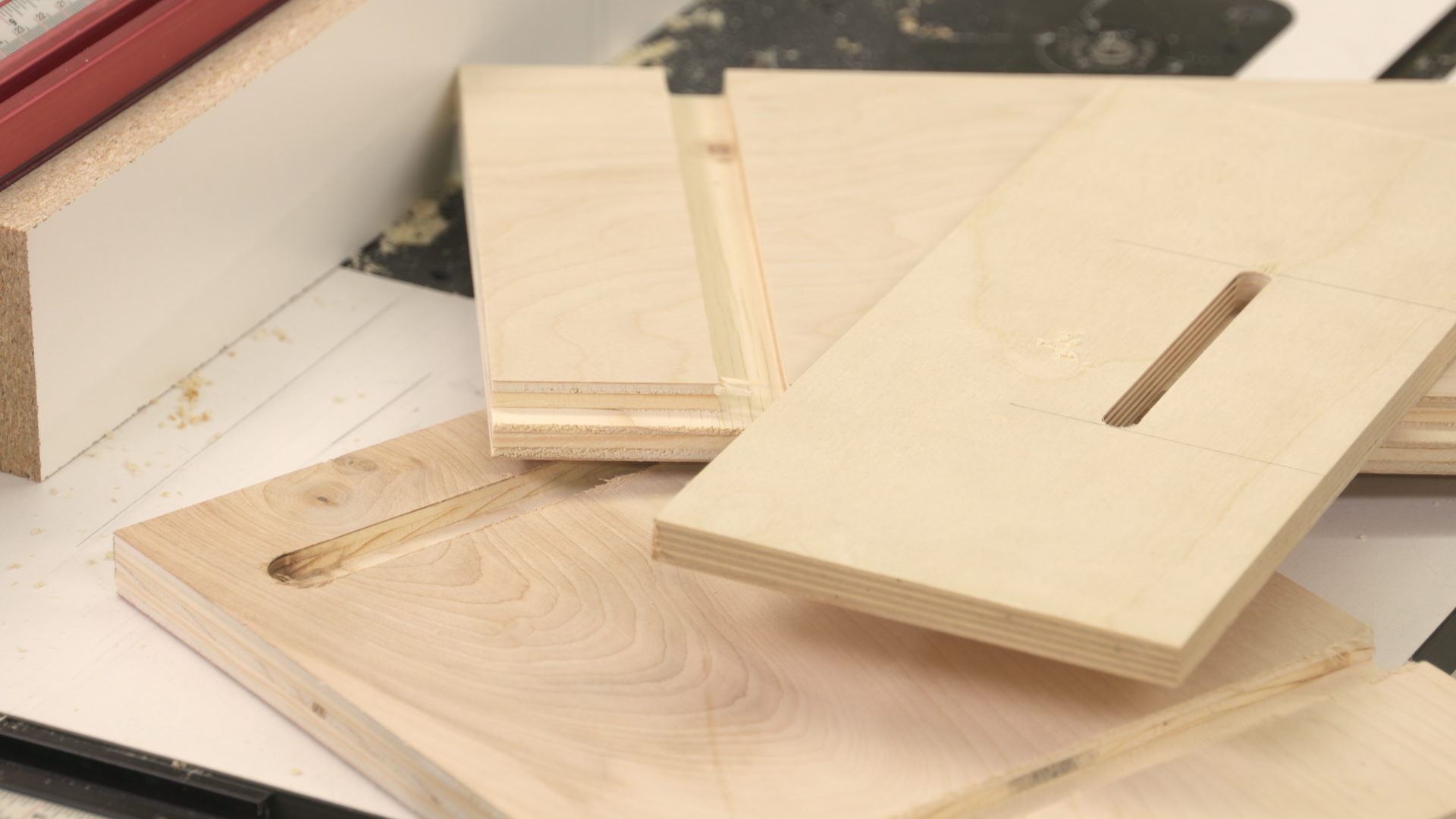
We’ll also teach you:
- How to use a keyhole bit; perfect for hanging things on the wall.
- Two different techniques for trimming to a pattern, providing a great way for making multiple parts.
- How to use the router table to make custom dowels.
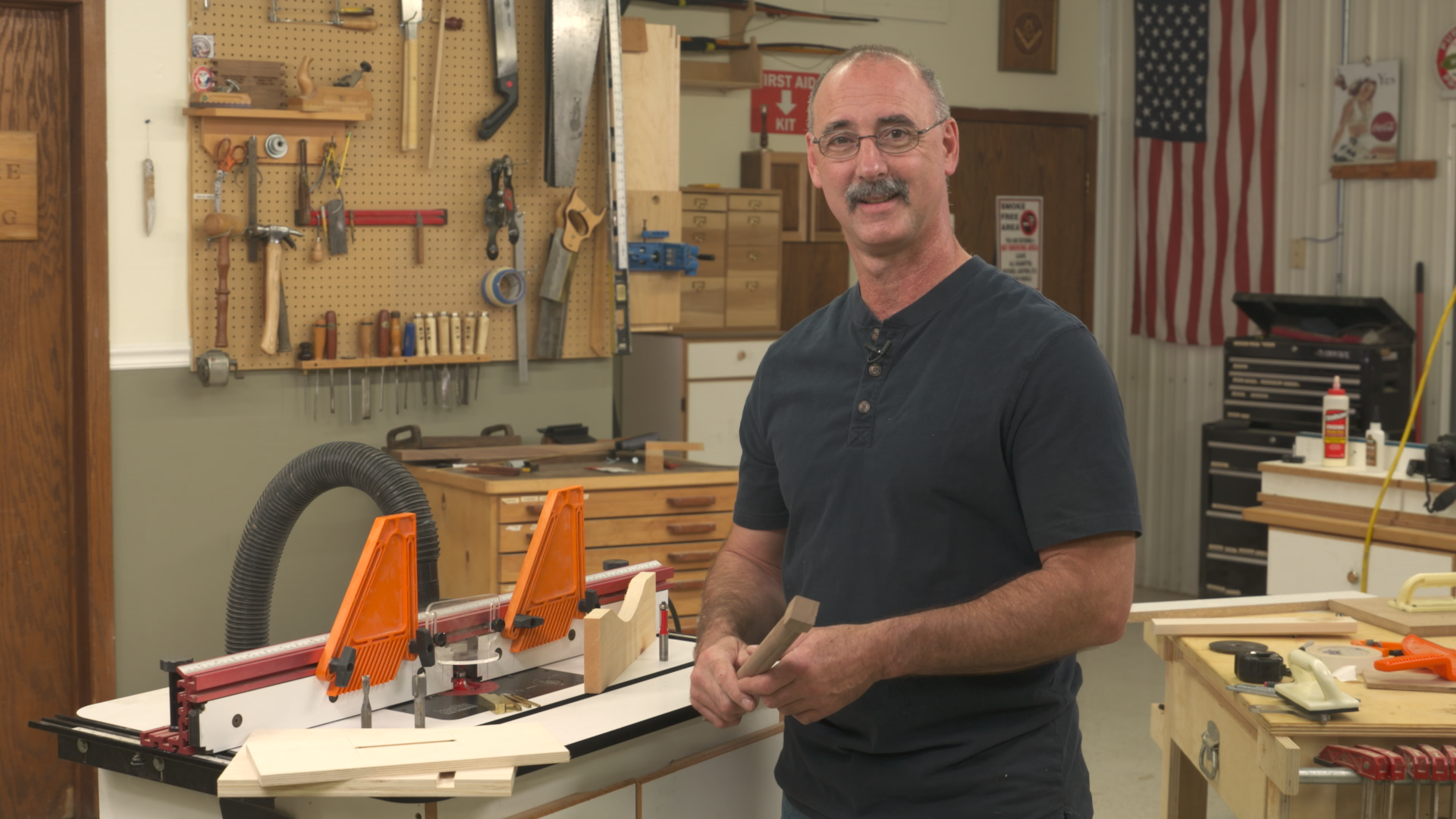
Description
Safety
The same attribute that provides great cut quality can make routers intimidating to operate. Typically running at over 20,000 revolutions per minute, things can go wrong quickly if you’re not using a router correctly. This class covers a variety of must-have safety tips including how to properly secure the bit in the collet, determining feed direction, setting up for multiple passes, and how to use feather boards and push pads.
Buying Advice
There are lots of routers available in the marketplace. This class will educate you regarding the best type of router to use in a table, and we’ll look at the advantages router lifts bring to router tables.
Maintenance
While the router table itself requires little more than good housekeeping, router bits are another story. A dull or dirty bit will be unsafe to use, and will cut poorly. We’ll show you how to determine if a bit needs to be sharpened, how to do the sharpening in your own shop, and how to clean a pitch-covered router bit.
Techniques
Dadoes, rabbets, slot cutting — these are just some of the woodworking techniques you’ll learn in this class. We’ll show you short cuts that will make set up easier and more repeatable, so you can reduce set up time and increase accuracy.
This class has more than 100 minutes of hands-on video instruction. In addition to the detailed video help you’ll receive, this class provides you with downloadable resources and helpful information to print and keep, including a detailed Class Guide you can follow and use as a reminder for the key points of the class instruction; a Speed Chart to help you determine the best speed to run your bits; and a resources document that will give you information on the products you’ll see in the class.
George Vondriska
Formally trained in technology education, George Vondriska has been teaching woodworking since 1986. He has been the managing editor of Woodworkers Guild of America since 2007. In addition to classes at his own Vondriska Woodworks School, George teaches at woodworking shows across the country and has taught woodworking for the Peace Corps, Andersen Window, Northwest Airlines and the Pentagon.

Bonus materials available after purchase